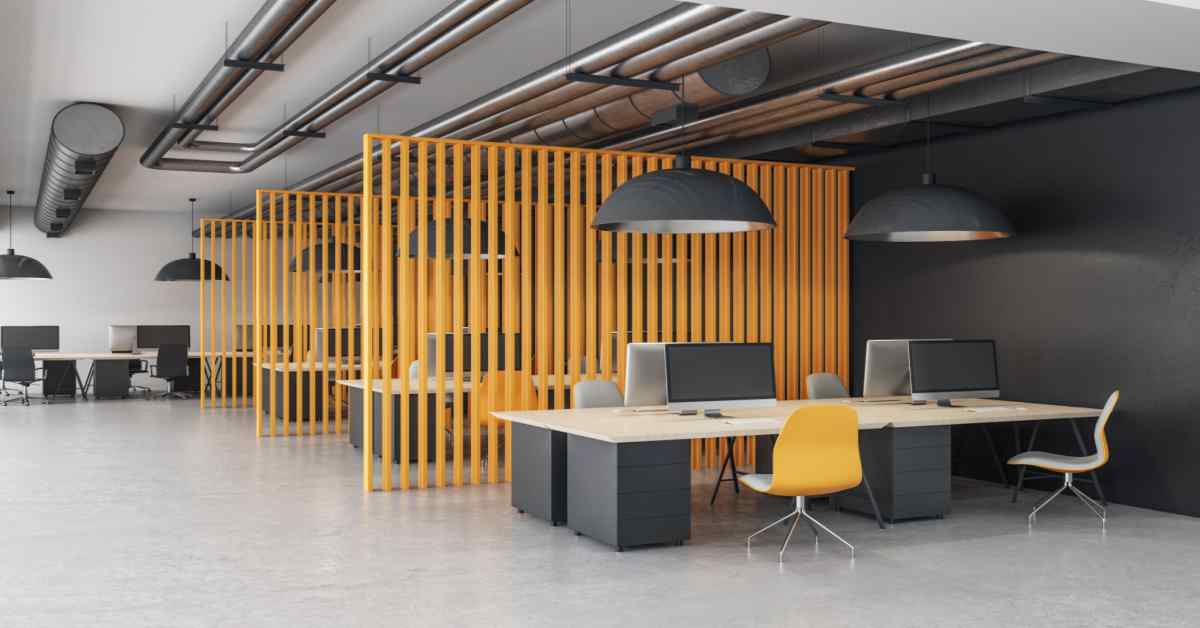Hotel Lobbies Reimagined: Designing the First Impression
In the hospitality industry, first impressions are lasting impressions. And nowhere is that impression more vividly made than in the hotel lobby. Once a space limited to check-in counters and waiting chairs, the hotel lobby is now a multifunctional, experience-driven environment—a social hub, a work zone, a brand statement, and a welcome mat, all in one.
Today, hotel lobbies are being reimagined to reflect the evolving expectations of travelers who value design, convenience, and connection. They’re no longer just entry points—they’re storytelling spaces.
- The Lobby as the Hotel’s Identity Canvas
The design of a lobby is the visual handshake between the brand and its guests. It must immediately convey the hotel’s personality—whether that’s luxurious, eco-conscious, tech-savvy, artistic, or laid-back.
Design elements that define brand identity:
- Materials: Marble and brass for elegance, reclaimed wood for sustainability, or polished concrete for industrial chic.
- Art and décor: Installations, sculptures, and locally inspired artworks give lobbies a curated, memorable touch.
- Color palette and lighting: Soft warm tones for relaxation, bold contrasts for energy, and layered lighting to shift mood from day to night.
Guests form their first opinions within seconds—so the lobby must look, feel, and function like an intentional extension of the brand.
- From Transactional to Experiential Spaces
Modern hotel lobbies are evolving from transactional check-in areas into experiential social environments. Today’s travelers expect lobbies to offer more than just a place to wait—they want connection, comfort, and purpose.
Key transformations include:
- Open-plan layouts with zoned spaces for working, lounging, dining, or socializing
- Lobby cafés and cocktail bars that drive foot traffic and guest engagement
- Integrated co-working spaces with high-speed internet, charging stations, and ergonomic seating
- Tech-driven convenience, including app-based check-in, self-service kiosks, and digital concierge screens
A thoughtfully designed lobby can increase dwell time, boost F&B revenue, and create a sense of place that resonates with both travelers and locals.
- Designing for Flow, Function & Flexibility
Lobbies experience high footfall and diverse usage throughout the day, from morning arrivals to late-night meetings. Therefore, the design must accommodate fluid traffic flow, intuitive navigation, and modular functionality.
Design principles for smart lobby layouts:
- Clear sightlines from entrance to reception, lounge, and elevators
- Flexible furniture that can be rearranged for events or different group sizes
- Acoustic zoning to separate quiet and active areas
- Natural elements like indoor plants, water features, and daylight integration to enhance wellbeing
The most successful lobbies are those that respond to changing needs without compromising aesthetic coherence.
- Local Culture Meets Global Design
Many hotels interior design are embracing hyper-local storytelling through their lobby designs—blending international style with regional influence to give guests a unique sense of location.
Examples of localization in lobby design:
- Artworks and textiles from local artisans
- Regional materials (like sandstone in Rajasthan or bamboo in Southeast Asia)
- Cultural motifs subtly woven into flooring, ceiling treatments, or lighting fixtures
These design choices offer guests an authentic introduction to the locale while supporting the hotel’s brand narrative.
- Sustainability & Smart Technology in Lobby Design
Today’s travelers care about eco-conscious practices and tech-enabled convenience—and lobbies are prime spaces to reflect these values.
Modern trends include:
- Energy-efficient lighting and HVAC systems
- Green materials like recycled surfaces or low-VOC finishes
- Touchless check-in/check-out kiosks
- Real-time digital displays for guest updates, events, or sustainability metrics
A lobby that blends sustainability with smart functionality shows guests that the hotel is forward-thinking and responsible.
Final Thoughts
The hotel lobby is more than a place of arrival—it’s the prologue to the guest experience. When reimagined thoughtfully, it becomes a dynamic space that blends function, emotion, and brand storytelling into one cohesive environment.
Whether it’s through design, technology, or culture, the modern lobby has the power to influence guest satisfaction, boost brand loyalty, and elevate the entire hotel experience.
After all, it’s not just about how a space looks—it’s about how it makes people feel, from the first step to the last goodbye. Visit Design Arc Interiors.


